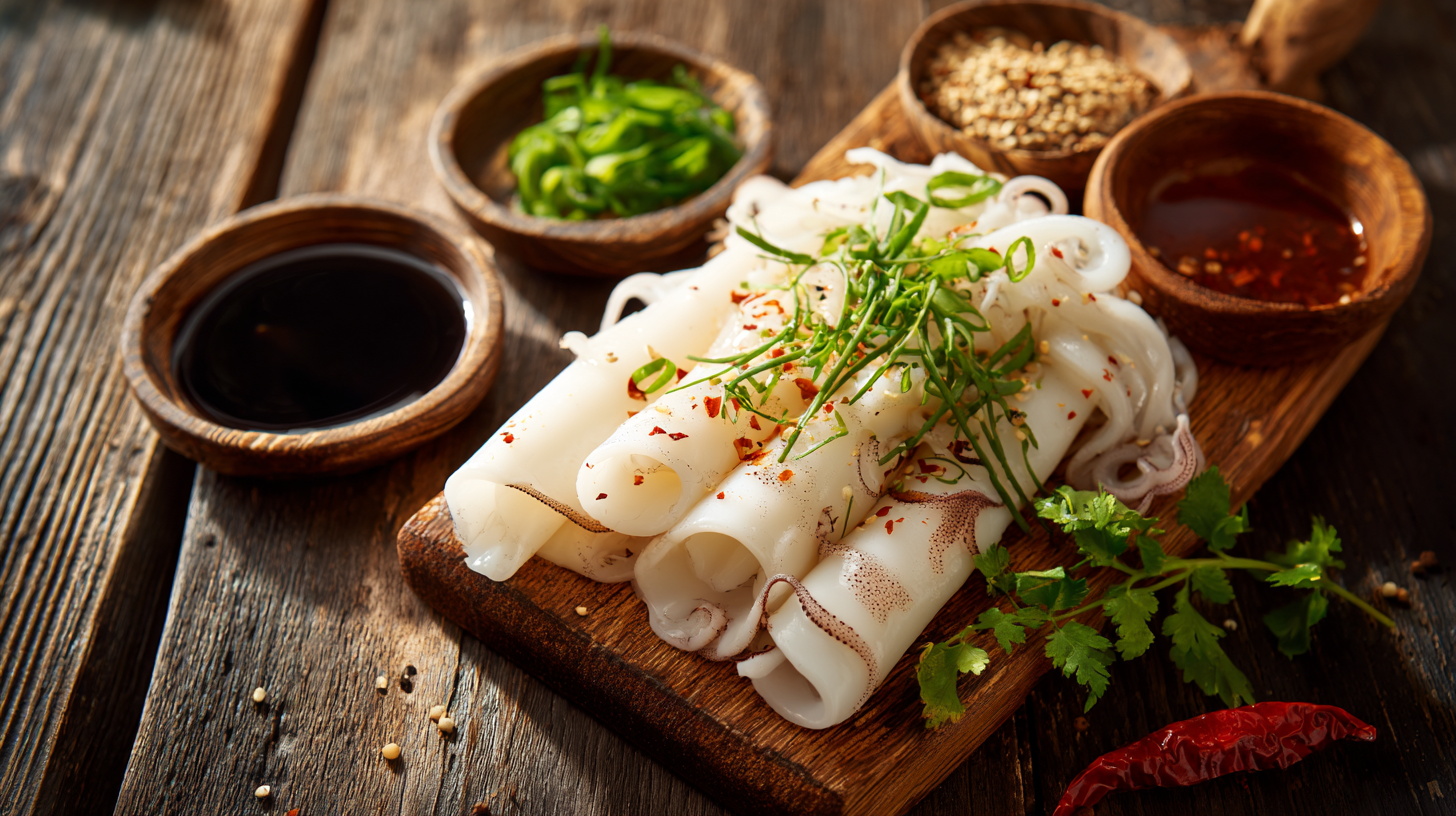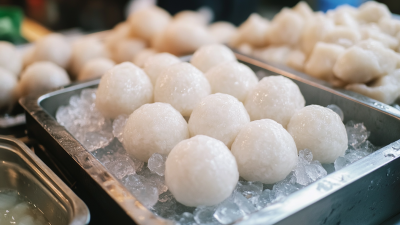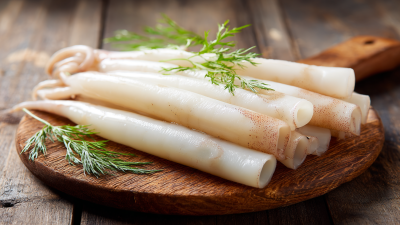Are you ready to elevate your home cooking game with the versatile and delicious Frozen Squid? This ultimate guide promises to unlock the secrets of preparing mouthwatering dishes that will impress your family and friends. Whether you are a novice cook or a seasoned chef, frozen squid offers a unique texture and flavor that can be incorporated into a variety of cuisines, from Italian risottos to spicy Asian stir-fries. With our carefully curated tips and techniques, you will learn how to defrost, clean, and cook frozen squid to perfection, ensuring each dish is a culinary triumph. Join us as we explore the best recipes, cooking methods, and seasoning suggestions, making it easier than ever to whip up delightful and restaurant-quality squid dishes right in your own kitchen. Get ready to transform your meals with the incredible potential of Frozen Squid!
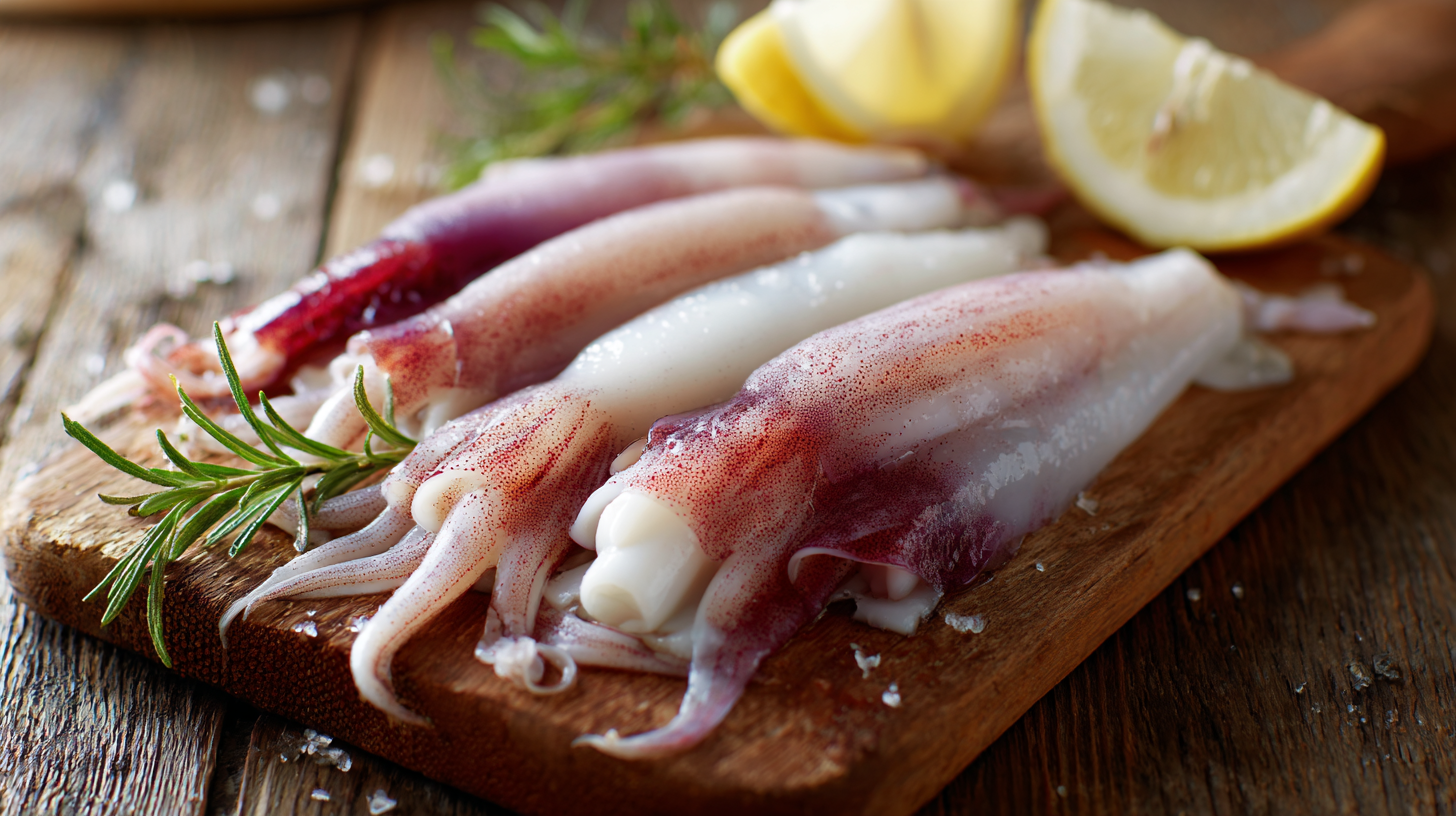
Frozen squid is not just convenient; it's also packed with essential nutrients that contribute significantly to a healthy diet. Rich in protein, low in calories, and a great source of omega-3 fatty acids, frozen squid supports heart health and brain function. Furthermore, it contains vitamins and minerals such as B12, iron, and selenium, which play crucial roles in energy production and immune function. Incorporating frozen squid into your meals can enhance your overall nutritional intake while offering a delightful taste.
When preparing frozen squid, it's essential to focus on maintaining its texture and flavor. **Tip: Always thaw squid overnight in the refrigerator or under cold running water before cooking.** This ensures even cooking and prevents rubbery texture. To maximize the health benefits, consider grilling, steaming, or sautéing the squid with a splash of lemon juice and fresh herbs. **Tip: Pairing squid with vegetables like spinach or bell peppers not only adds flavor but also boosts the dish's nutritional profile.** With these simple preparations, you can create delicious and healthy meals that everyone will enjoy.
Thawing and preparing frozen squid properly is essential for achieving a delicious dish. According to the National Oceanic and Atmospheric Administration (NOAA), squid is one of the most popular seafood in the United States, with consumption steadily increasing by approximately 3% each year. For the best results, it's crucial to use the right thawing technique. The USDA recommends two safe methods: thawing in the refrigerator overnight or submerging the sealed squid in cold water for about an hour. Avoid using a microwave as it can partially cook the squid, leading to an undesirable texture.
Once thawed, proper cleaning and preparation are key to retaining the squid's natural flavors. It is recommended to remove the skin and innards before cooking. Industry experts suggest marinating the squid for at least 30 minutes to enhance flavor and tenderness. For a quick tip, cutting squid into rings before cooking can help ensure even cooking, allowing for a crispy texture on the outside while remaining tender inside.
Remember, frozen squid retains its quality until you’re ready to cook, making it a convenient option for home chefs. To maximize freshness, use the thawed squid within 24 hours, as this will not only improve flavor but also ensure food safety.
| Technique | Description | Time Required | Best For |
|---|---|---|---|
| Cold Water Thawing | Submerge sealed squid in cold water for quicker thawing. | 30-60 minutes | Stir-frying, Grilling |
| Refrigerator Thawing | Transfer squid from freezer to fridge the night before cooking. | 8-12 hours | Frying, Baking |
| Microwave Thawing | Use the defrost setting on the microwave for quick thawing. | 5-10 minutes | Soups, Stews |
| Direct Cooking | Cook squid directly from frozen; adjust cooking time. | Varies | Grilling, Sautéing |
| Cleaning and Preparing | Remove beak, innards, and skin; rinse thoroughly. | 10 minutes | All dishes |
Frozen squid is a versatile seafood option that can be transformed into delightful dishes at home, especially when paired with the right marinades. Here, we explore five flavorful marinades that not only enhance the taste of frozen squid but also elevate the overall dining experience. According to a recent survey, seafood consumption has increased by 20% over the past five years, highlighting a growing interest in easy-to-prepare yet gourmet-style dishes that can be made from frozen ingredients.
One effective marinade is a zesty citrus blend of lemon juice, garlic, and olive oil, which not only tenderizes the squid but also infuses it with refreshing flavors. Another popular option is a soy sauce and ginger marinade, known for its umami richness, making it a favorite among home cooks who wish to replicate restaurant-quality meals. Industry experts suggest that using flavored marinades can reduce the overt fishy taste sometimes associated with seafood, thus making dishes more appealing to a broader audience.
When preparing your frozen squid, consider incorporating herbs and spices to enhance these marinades further. A simple addition of fresh herbs like cilantro or parsley can brighten the dish, while spices such as chili flakes can add an element of heat. With the right techniques and flavor combinations, it's possible to enjoy squid that tastes as if it were freshly caught from the ocean, proving that cooking with frozen seafood can be both convenient and delightful.
When it comes to making delicious dishes at home using frozen squid, the possibilities are endless. Frozen squid is not only convenient but versatile as well, making it an excellent ingredient for everything from appetizers to main courses. For a delightful appetizer, consider preparing Vietnamese salt and pepper squid, a simple yet flavorful dish that can be whipped up in just 30 minutes. The key is to use fresh spices to elevate the flavor and serve it with a tangy dipping sauce.
As for main courses, you can easily incorporate frozen squid into hearty pasta dishes. Pairing it with garlic, white wine, and fresh herbs creates a seafood delight reminiscent of restaurant-quality meals. For a quicker option, throw together a squid stir-fry with colorful vegetables and a savory sauce, ensuring that the squid remains tender and flavorful.
Tips: Always thaw squid properly before cooking; this ensures even cooking and better texture. Also, marinating squid for at least 30 minutes can infuse it with flavor and help it stay tender during cooking. Lastly, remember that a high heat cooks squid quickly, so be mindful not to overcook it, which can lead to a rubbery texture.
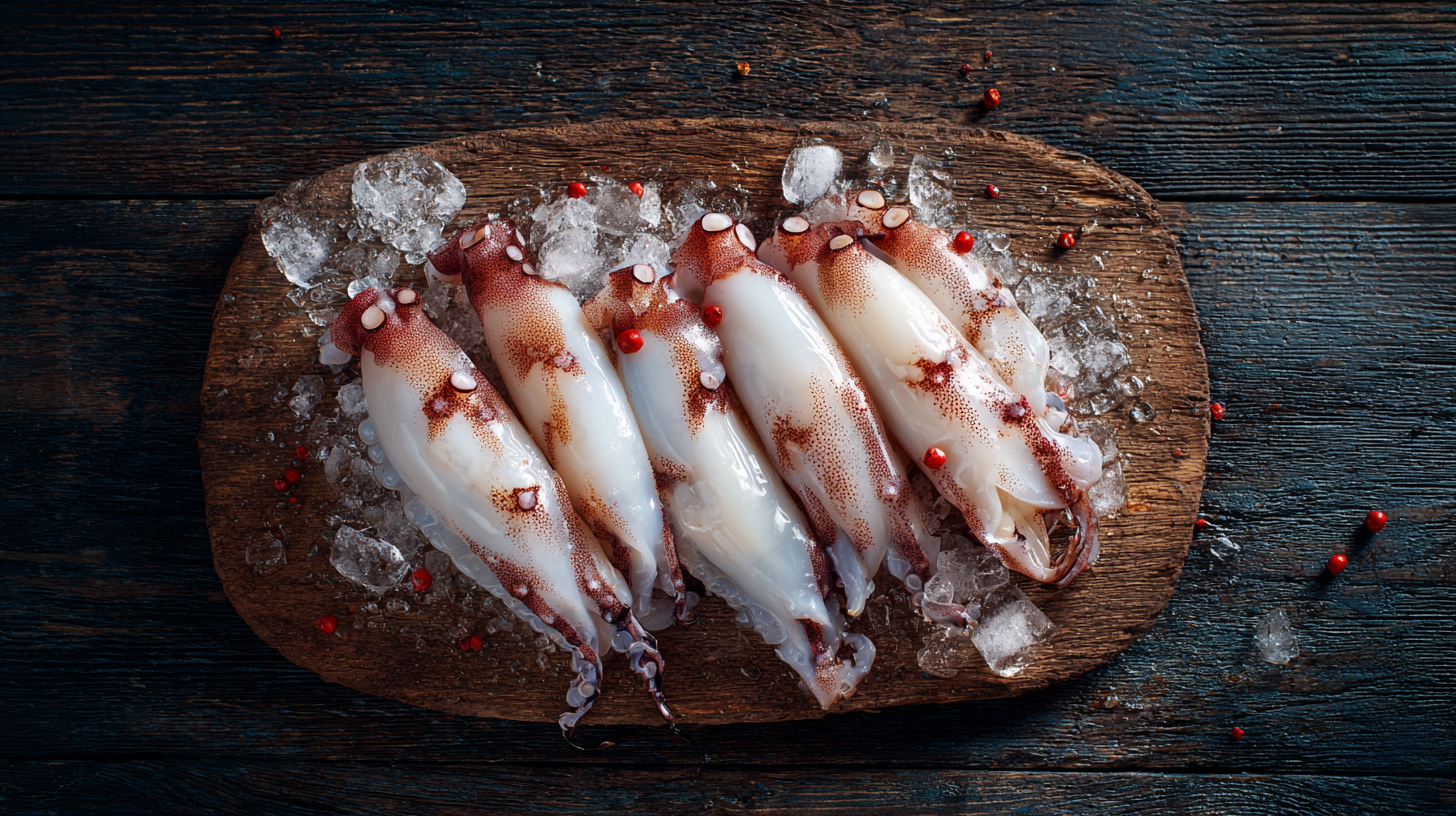
When cooking frozen squid, avoiding common mistakes can significantly enhance your culinary results. One of the most frequent errors is failing to properly thaw the squid before cooking. A report from the Food Safety and Inspection Service indicates that improper thawing can lead to uneven cooking and a rubbery texture. Instead, it’s best to thaw squid overnight in the refrigerator or use the cold water method, where the squid is sealed in a bag and submerged in cold water for about an hour.
